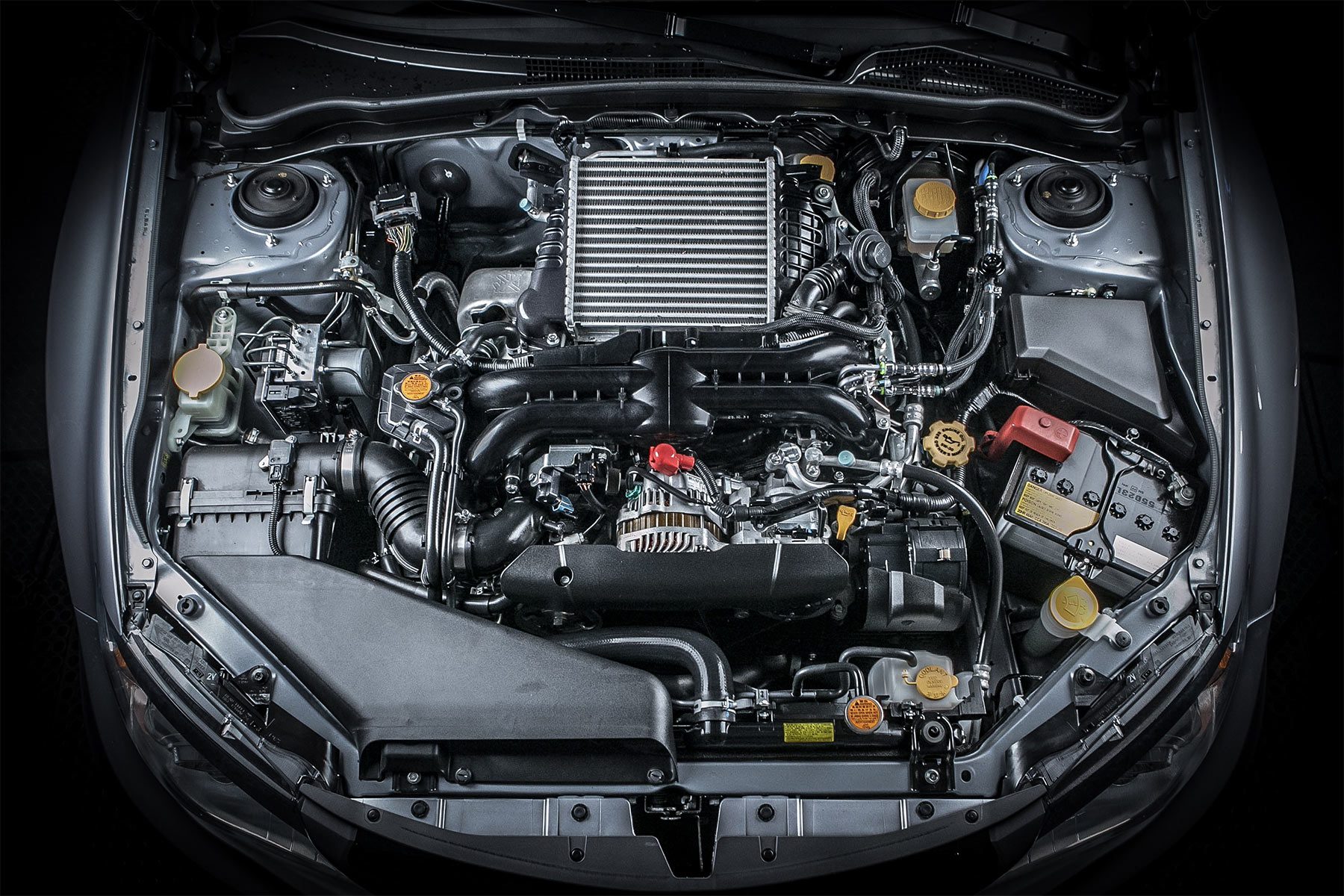Opel Corsa Engine: Every Little Thing You Required to Know Prior To Acquiring
Opel Corsa Engine: Every Little Thing You Required to Know Prior To Acquiring
Blog Article
Discovering the Inner Workings of a Compact Vehicle's Engine System
As vehicle drivers, we commonly take for granted the elaborate procedures that occur within the boundaries of our lorry's engine system. In this exploration of a portable car's engine system, we will certainly unravel the inner workings of this mechanical symphony, shedding light on the mysteries that drive us onward on our everyday trips.
Burning Refine Overview
The burning process in a portable automobile's engine system is a critical device that efficiently converts gas into power to power the car. This procedure happens within the burning chamber of the engine, where gas and air mix, ignite, and create controlled surges. The combustion procedure is composed of four main stages: intake, exhaust, compression, and power.
Throughout the intake stage, the piston moves downward, reeling in a combination of air and gas into the burning chamber. The following phase, compression, entails the piston moving upward, pressing the air-fuel mix to increase its potency. Ultimately, in the power stage, the ignition system fires up the compressed mixture, leading to a quick expansion of gases that forces the piston pull back. This downward movement produces the power required to drive the vehicle. In the exhaust phase, the burnt gases are expelled from the burning chamber through the exhaust valve, preparing the chamber for the following cycle. This cyclic burning process is essential to the procedure of a portable vehicle's engine system, guaranteeing reliable energy conversion for propulsion.
Piston and Cyndrical Tube Communication

The piston's accurate fit within the cyndrical tube is essential for preserving optimal compression and protecting against energy loss during combustion. Limited clearances between the piston and cyndrical tube walls guarantee reliable sealing, permitting the piston to relocate smoothly without permitting gases to leak past. Appropriate lubrication is likewise vital to reduce friction and wear between these elements, boosting long life and performance.
Additionally, the layout and products utilized in producing the piston and cyndrical tube impact engine efficiency and sturdiness. Modern engines frequently employ light-weight yet long lasting materials like light weight aluminum alloys for pistons and cylinder linings to reduce inertia Full Article and enhance thermal effectiveness. In general, the harmonious interaction between the piston and cyndrical tube is fundamental to the engine's functionality and total efficiency.
Gas Injection System Performance
Fuel shot systems in small automobile engines play an important role in specifically delivering fuel to the combustion chamber for regulated and efficient ignition. The gas injection system works by infusing fuel into the combustion chamber at the optimum minute throughout the engine's procedure (opel corsa engine). This exact timing ensures that the gas blends evenly with the air for proper combustion, resulting in improved gas effectiveness and decreased discharges
There are mainly two types of gas injection systems made use of in small vehicle engines: port gas injection (PFI) and direct gas injection (DFI) PFI systems inject gas into the intake port prior to the intake shutoff, while DFI systems infuse fuel straight right into the combustion chamber. Both systems have their advantages, with DFI using much better fuel atomization and PFI supplying a more cost-effective service.
Comprehending Engine Air Conditioning Devices
Efficient operation of a portable lorry's engine depends heavily on the performance of its cooling devices. The cooling system in a portable car generally is composed of numerous components working with each other to manage the engine temperature level. Recognizing these engine air conditioning systems is important for preserving the performance and long explanation life of a small vehicle's engine system.

Exhaust System Elements Explained
The ideal performance of a small lorry's engine air conditioning mechanisms depends on a corresponding system recognized as the exhaust system, which consists of numerous important components for making sure efficient discharges and engine efficiency. The exhaust manifold collects exhaust gases from the engine's courses and cylinders them to the catalytic converter.
One essential part of the exhaust system is the oxygen sensor, which checks the oxygen degrees in the exhaust gases to aid control fuel intake and ensure optimum engine performance. opel corsa engine. In addition, the resonator may be present in some exhaust systems to decrease noise levels. On the whole, the exhaust system plays an important duty in preserving engine effectiveness, decreasing harmful emissions, and ensuring a quieter driving experience for portable car proprietors

Final Thought
In verdict, the compact automobile's engine system is a complicated mix of parts that function with each other to assist in the combustion procedure, More Bonuses transform gas into power, and remove waste gases. Recognizing the inner operations of the engine system, including the piston and cyndrical tube interaction, fuel injection system, engine air conditioning mechanisms, and exhaust system parts, is critical for maintaining optimal performance and performance of the vehicle.
The combustion process in a small vehicle's engine system is a vital mechanism that efficiently transforms gas into energy to power the car.Fuel injection systems in compact vehicle engines play an important function in precisely supplying fuel to the burning chamber for regulated and efficient ignition.There are mainly two kinds of fuel shot systems utilized in portable vehicle engines: port gas injection (PFI) and straight fuel injection (DFI) Understanding these engine cooling devices is important for maintaining the efficiency and long life of a compact lorry's engine system.
The optimum performance of a small car's engine air conditioning systems depends on a complementary system recognized as the exhaust system, which consists of various crucial parts for making certain effective emissions and engine efficiency.
Report this page